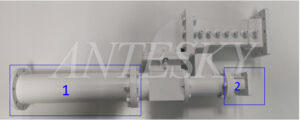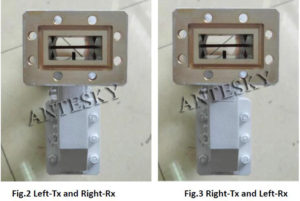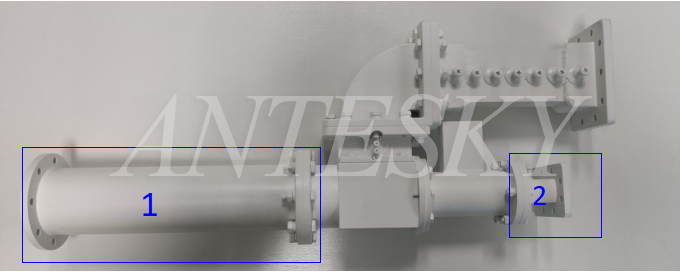
Before distinguish LHCP and RHCP of Circular Polarization. It is better to know Circular Polarization Wave.
1. What is Circular Polarization Wave?
The instantaneous orientation of its electric field vector during a wave propagates in space is called polarization. If the track of electric field vector in space is a circle. That is, the electric field vector is constantly rotating around the axis of the propagation direction, which is called Circular Polarization Wave. A Circular Polarization Wave can be composed of two components that are orthogonal and have a phase difference of 90 degrees.
Left Hand Circular Polarization(LHCP): Observing the wave propagation direction, the field rotation direction is CCW (if propagating in the +z direction, Ey is ahead of Ex ┯┯/2)
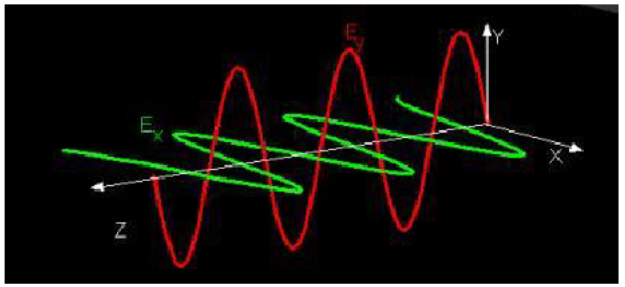
Right Hand Circular Polarization(RHCP): Observing the wave propagation direction, the field rotation direction is CW (if propagating in the +z direction, Ex is ahead of Ey ┯┯/2)
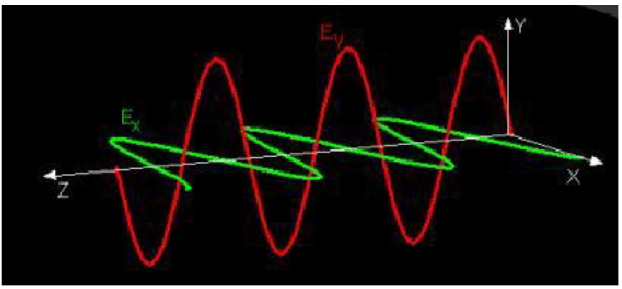
2. How to judge LHCP and RHCP wave?
The specific judgment can be made as follows: the right thumb is pointed to the propagation direction of electromagnetic wave, and the other four fingers are directed to the vector end of the electric field strength E and rotated, and if it is consistent with the rotation of E, it is RHCP wave; If opposite of the rotation is LHCP wave.
3. How to judge LHCP and RHCP on antenna structure?
The following figure shows a circular Pol. duplexer, where component 1 is a circular polarizer and component 2 is a transmitting port.
Fig.1 Circular Pol. Duplexer
The method for judging LHCP and RHCP rotation as following:
As shown in the figure below, the position of the Circular Pol. dielectric slice is viewed from the Tx port 2 of the duplexer above. If the dielectric slice viewed from the duplexer Tx port 2 is as shown in Fig. 2, then the polarization is left-Tx and Right-Rx; if the dielectric slice viewed from the duplexer Tx port 2 is shown in Fig. 3, then the polarization is right-Tx and left-Rx.
For more info, please email sales@antesky.com.

